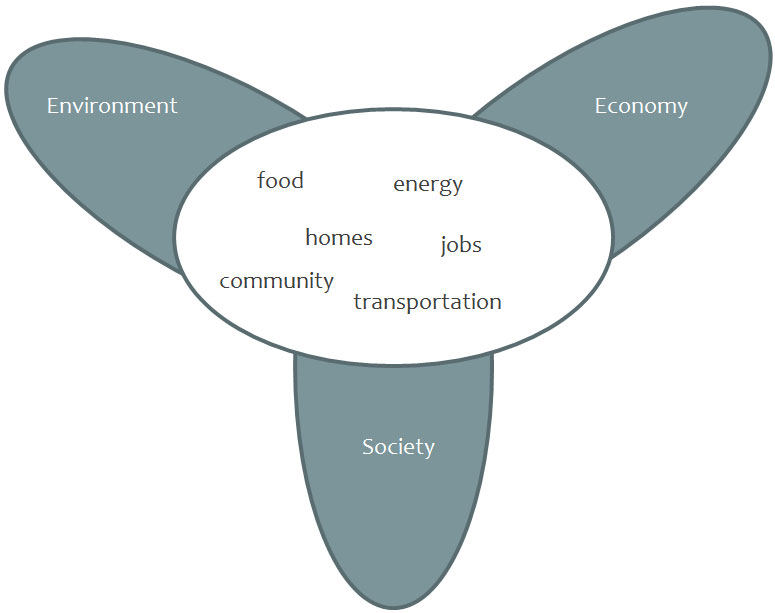What’s in a name? That which we call a rose by any other name would smell as sweet.
William Shakespeare, Romeo and Juliet
The next generation of environmental strategies
We talk of conservation strategies here, but let’s be clear: the name matters not. It’s the content that counts.
Major environmental initiatives happen in ten year cycles. The 70’s was the conserver society, the 80’s was sustainable development, the 90’s was the Green Plan, and the past decade was climate change. They all responded to the major issue of the day. It doesn’t matter what the starting point is, we all seem to wind up at the same place. When it comes down to action on the ground, a climate plan can look very much the same as a sustainable development plan. Why? Because the only way we can truly address climate change is by shifting to a more sustainable, low-impact economy and society; and the only way we can ensure the protection of endangered species is by reducing the impact of human activity on the natural environment. And the only way we can reduce our environmental impact is by making a conserver lifestyle easy, affordable, and above all, desirable.
We are due for a new wave in high-level environmental strategies – a new call to action.
There are several concurrent priorities that will likely shape the next series of high-level environmental strategies, including:
- stark reality: extreme weather, and resource scarcity
- economic uncertainty: global economic trends, jobs, and local economies
- fiscal imperatives: pressure for reduced taxes and increased savings and accountability
- public demands: improved services and quality of life

You may have already noticed that all these priorities are inter-related. Conservation and sustainability have always recognized the interconnection between environment, economy and society, but there is an emerging awareness that the next generation of strategies need to reflect a convergence of issues and solutions. And they need to focus on deep change through catalytic, integrated solutions. It’s not as difficult as it may sound, but it does require rethinking how we can provide for our basic needs in more efficient, people-centred ways: transportation, food, community design, health and fitness, local economies and innovation, etc.
The reality is, any new high-level strategy will be scoped in order to address the issue of the day, and its name will be a reflection of the current priorities. A good name is important, because it is a call to action. Even more important is to know that the strategy will lead to action and measurable results in promoting conservation leadership in whatever form it may take. This means that the next generation of environmental strategies will need to be smarter, deeper, and horizontally integrated. They may still be housed within a single ministry or department, but the leadership will need to be government-wide.
In the current political, economic, and environmental climate, we will need to be a whole lot smarter.